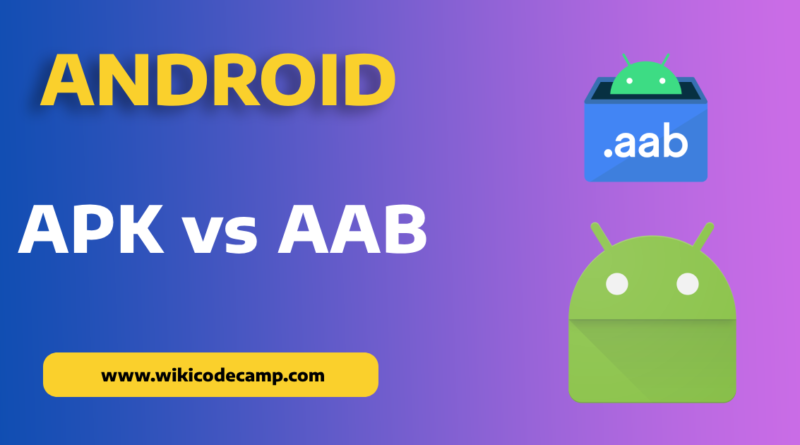What is app bundle – Difference between apk and aab in android
An app bundle refers to a packaging format used for distributing apps on certain platforms like Android. It contains all the necessary files, resources, and code needed for the app to run on a device. App bundles are designed to optimize app distribution by allowing devices to download only the components needed for that specific device configuration. It reduces the app size and improves efficiency.
Google utilizes app bundles as a packaging format to create tailored APKs. These APKs are optimized for individual users’ device configurations. This approach enables users to download only the necessary code and resources. Which are essential for running the app on their specific devices. By doing so, the downloads become smaller and more efficient. It also enhances the overall user experience by reducing unnecessary data and optimizing performance based on the user’s device specifications.
Difference between app bundle and apk
App bundles are publishing format, whereas apk is the packaging format which weill be installed on devices.
According to the official guide about app bundle, it serves as a publishing format. This format used by developers to upload their apps to the Google Play Store. They contain all the necessary code, resources, and assets required for the app. When a user downloads an app from the Play Store, Google’s Dynamic Delivery mechanism uses the app bundle to generate and deliver a customized APK (Android Application Package) specific to that user’s device configuration.
This optimized APK, tailored to the user’s device, contains only the components needed for that particular device, ensuring efficient storage utilization and better performance upon installation on the user’s device. In essence, while the app bundle is the format developers use to upload their apps, the APK is the actual package that gets installed on a user’s Android device.
Which is better for android
The primary benefits of AAB compared to APK lie in their smaller size, quicker download times, and the ability to deliver dynamic features. AABs offer developers the flexibility to update specific sections of the app without necessitating a complete app update. Despite these advantages, building AABs demands more effort than creating APKs. Additionally, at present, the Google Play Store exclusively supports AABs, marking a significant difference between the two formats. In essence, AABs present several advantages but entail more intricate development, while APKs remain a familiar format but lack the enhanced features of AABs.




